Ultimate Guide to 4K TV and Device Connectivity: HDMI 1.4, HDMI 2.0 Cables, HEVC, HDCP, and VP9
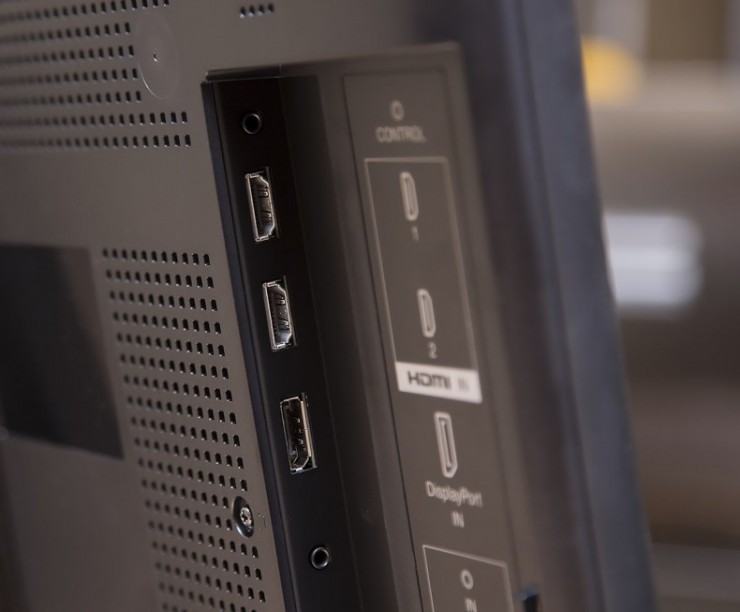
Overview: The Cables you need for the rich 4K experience
4K TV connectivity is pretty straightforward for the most part. As long as you know the essential technologies at work inside your particular TV, you should be able to get it up and running in no time for a rich entertainment media experience that includes streaming 4K and non-4K content sources from the web (mostly through your TVs smart apps or those of an external set-top device), 4K content from external streaming media devices via HDMI and 4K content from hard media boxes like 4K Blu-ray players and media players with preloaded content in their hard drives.
For these essentials to work on your UHD TV, you mainly need to have a model that is compatible with a few essential connectivity-related technologies which include HDMI, internet connectivity, WiFi, possibly DisplayPort and some essential specs for 4K video compression and content copy protection. Luckily, the vast majority of modern 4K televisionss, particularly all late 2014, 2015 and existing 2016 television models, offer all of the core connectivity specs for top-shelf content access and compatibility with other devices and media sources.
We are now going to cover all of these connectivity essentials and guide you through the main methods of getting the 4K entertainment flowing to your TV display, gaming connectivity, audio and what associated technologies are essential for all of the above to function smoothly.
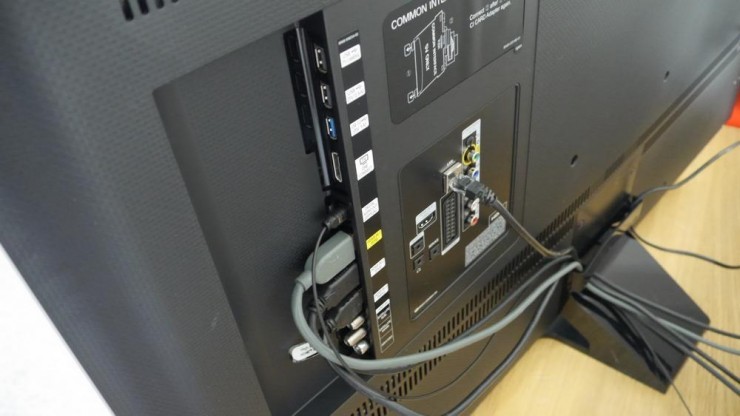
Typical connectivity layout in a 4K TV
HDMI
The first and most fundamental connectivity spec in any 4K TV is HDMI. Most models on sale today offer at least three HDMI ports and some 4K TVs even include as many as four or five HDMI ports. In older 4K TVs the majority of HDMI ports were of the older, weaker HDMI 1.4 variety with only one or two and in some cases no HDMI 2.0 ports available. Now however, this is changing and most newer 4K televisions offer full HDMI 2.0 connectivity with many models even offering a newer variant called HDMI 2.0a.
HDM 1.4 vs. HDMI 2.0
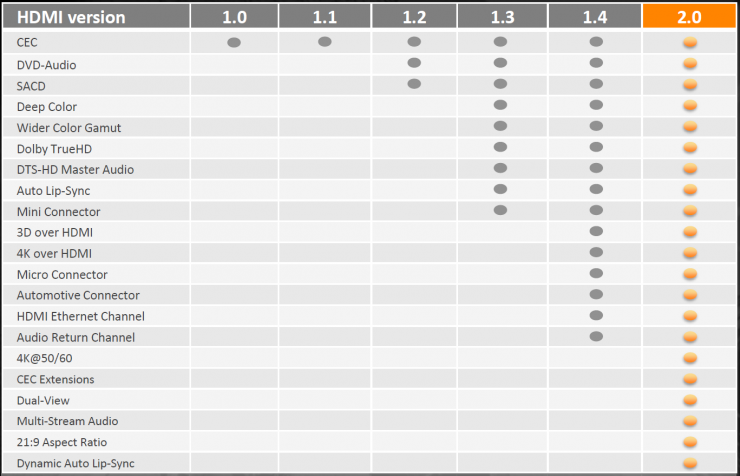
If these different numbers for HDMI seem confusing, not to worry, they break down simply like this as far as your 4K needs are concerned. HDMI 1.4, the older and steadily less common spec in name brand 4K TVs is designed more for support of Full HD content at high refresh rates (high frame rates). 4K UHD content at 3840 x 2160 pixels can only be supported up to a speed of 30 frames per second via HDMI 1.4 cables and thus for 4K UHD content connectivity, this spec is not ideal or much use for 4K content from external devices like media players for another reason we will go into shortly, involving HDCP 2.2 content copy protection.
Thus, for any modern 4K TV thatis going to connect to any modern 4K UHD media streaming or playing device, the spec you are really after is HDMI 2.0. This newer version of HDMI offers 4K video resolution at a smooth, decently fast 60 frames per second (60Hz refresh).
Furthermore, HDMI 2.0 offers a bandwidth of 18GBps and thus also supports 60fps 4K video with 12-bit 4:2:2 color, 4:2:0 chroma subsampling and up to 32 channels of audio. Other features of HDMI 2.0 also include Rec.2020 color, improved 3D display functionality and a 21:9 aspect ratio for content display. Also, all HDMI 2.0 ports can be used with older HDMI 1.4 cables. If all of these additionally details look a bit complicated, just keep in mind this basic fact: HDMI 2.0 is what will allow your 4K TV to receive 4K UHD content from external sources at 60 frames per second instead of just 30. This is the most important spec for the standard as it related to ultra HD.
· HDMI 2.0a
Finally, we also come down to HDMI 2.0a, which is the latest firmware addition to HDMI 2.0 and is now also appearing in a growing list of newer 4K UHD TV models. Most premium name brand 2015 and 2016 4K televisions already come with HDMI 2.0a and if they don’t, you should buy a model that does. Why? Because HDMI 2.0, while mostly identical to conventional HDMI 2.0, also happens to support high dynamic range content from external media sources. This is its largest attraction and utility.
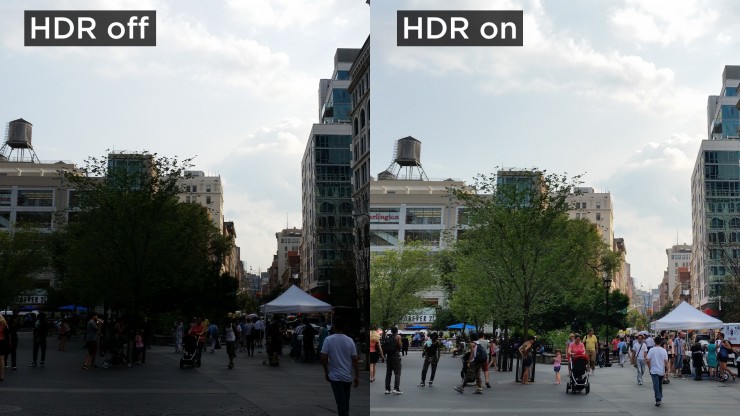
HDR content encoding creates a major difference in 4K video quality
As far as what brand of HDMI cable to go for, the general rule is that there is little if any difference between cables from one manufacturer vs another. As long as the base specs of any given cable are what you need for your particular TV and 4K video resolution needs, one brand is pretty much as good as another as far as performance goes.
HDCP 2.2
Whenever HDMI 2.0 connectivity is mentioned in the context of 4K ultra HD content, a word that commonly gets mentioned is HDCP, and more specifically, HDCP 2.2. This acronym stands for High-bandwidth Digital Content Protection?and the 2.2 version is the one specifically built for the protection of 4K ultra HD content from any source, be it streaming, download or hard drive media box, against unauthorized copying of the content in question for the sake of piracy.
Conversely, your 4K TV will not be able to receive 4K content from commercial consumer sources if it v have HDCP 2.2 content protection enabled in it, mainly through its internal HDMI 2.0 ports. Luckily however, pretty much all current 4K TVs offer up HDCP 2.2 and all current set-top 4K streaming devices and 4K Blu-ray player models do as well, usually via their HDMI 2.0 ports.

HDMI with HDCP 2.2 content copy protection
As we’d said above, HDMI 1.4 is not much use for connecting consumer 4K content to your 4K TV and aside from its weakness at handling ultra HD video at high frame rates, the main reason why is that HDMI 1.4 does not usually include HDCP 2.2 compatibility.
Users who plan on only viewing 1080p HD content don’t need to worry about HDCP 2.2 for now but if you own a 4K TV, you are naturally going to want to enjoy 4K content on it and for this, HDCP 2.2 is a crucial spec. non-HDCP 2.2 compliant 4K TVs won’t display HDCP 2.2 protected 4K content from any source. Itis mostly that simple.
Once again however, this shouldn’t be a problem. Every name brand 4K TV from late 2014 onward includes HDCP 2.2 integration through its HDMI ports.
Internet Connectivity, Media apps and Wi-Fi
As we'd covered in our previous guide on 4K TV smart platforms, smart functionality in a 4K TV is the core of its truly rich streaming media value. This applies for 4K media and for non-4K media of all types. Now, while pretty much all 4K TVs on sale today already come with their own built in smart TV platforms with access to hundreds or even thousands of media apps, A 4K TV can also make use of the streaming media apps and smart platform interfaces built into external set top boxes, thus letting a user switch between their 4K TVis smart interface and an external smart media interface like that found in the Roku 4 4K set-top box, or the Amazon Fire 4K TV box.
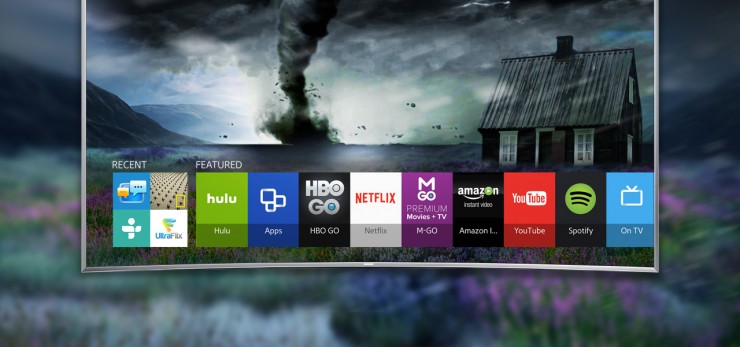
internet connectivity is essential for accessing smart TV streaming media content
Whichever of these smart platforms youare going to use, you will absolutely have to have internet connectivity running to either your 4K TV itself or at least to your external set-top box if you want to access all those diverse sources of streaming movies, shows, music and other entertainment. For users who want to also access streaming 4K content from apps like Netflix, Amazon Prime Instant Video or Hulu and YouTube, they will not only need to have internet connectivity going to their 4K TV but that internet connectivity will also have to of the high speed type that offers at least 15Mbps and more ideally 20 to 25Mbps.
This is where your 4K TVs Ethernet port comes into the picture. In simple terms, it connects your 4K TV to your household internet at maximum velocity for the fastest possible online media and web browsing connectivity.
Most current 4K TVs from name brands like Sony, Samsung, LG, Panasonic and Vizio also come with built-in WiFi connectivity. So even if you don’t connect the TVs to the web via Ethernet, you can use their smart interfaces and browsing through WiFi. This is workable but it won’t allow for 4K UHD streaming since existing consumer wireless connections aren’t capable of the bandwidth needed for smoothly transmitting ultra HD content.
Gaming Connectivity
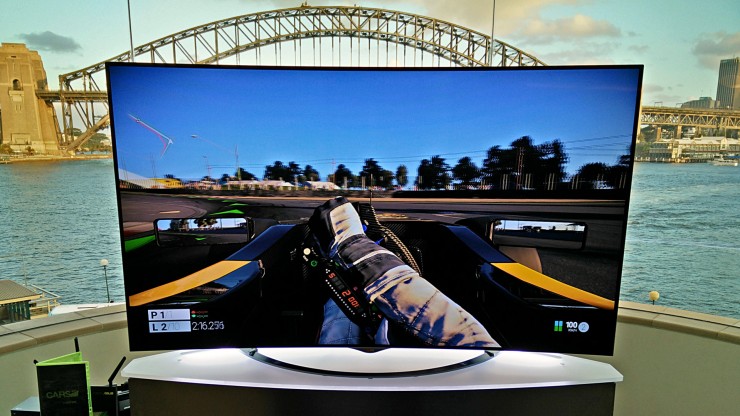
4K TV used for gaming
For the most part, 4K UHD gaming is done only via PC games and UHD-compatible GPUs since none of the existing major console systems like the PlayStation 4, Xbox One or Nintendo Wii offer 4K game support quite yet. With this in mind, you can use your 4K TV as a sort of giant 4K PC monitor that connects to your GPU and PC rig but with a couple of caveats kept in mind.
First of all, very few 4K TVs offer DisplayPort 1.2 connectivity. This is the connection standard most used in current 4K gaming between GPU and 4K PC monitor (most 4K PC monitors do offer DisplayPort 1.2 connectivity). Thus, in order to connect your PC GPU to your 4K TV, you’ll either have to do so via HDMI 2.0. This can either be done by buying a GPU with HDMI connectivity —like one of NVIDIA’s newer graphics cards—or by getting your hands on a DisplayPort 1.2 to HDMI 2.0 adapter. These are now available from brands like Club-3D.
Also bear in mind that you will likely need to adjust your TV’s settings so that it recognizes the connected device type of the new HDMI input as a PC. Furthermore, the input lag times on 4K TVs can be a bit slower than they are in gaming-oriented PC monitors. This can affect how smoothly your gameplay responds to keyboard or controller commands.
Along with HDCP 2.2, video compression technology is another crucial internal spec of 4K UHD TV connectivity. The majority of todayis 4K UHD content from streaming sources, 4K Blu-ray players and other devices is compressed via a codec called HEVC in the form of its 4K-oriented H.265 version for maximum transmission efficiency. In order to playback HEVC compressed content, your 4K TV will need to have HEVC compatibility. Luckily, pretty much every 4K TV on todayis market comes with HEVC built into it and thus has no problem decoding content from the vast majority of consumer market ultra HD content sources, like Netflix, Amazon, Hulu, Vudu, Ultraflix, 4K Blu-ray and other media sources. On the other hand, if you have an older 2013 or early 2014 4K TV which never came with H.265 decoding built into it and never got a firmware update for the codec, your TV won’t be able to playback 4K content from most major streaming media or 4K Blu-ray sources. Luckily, such cases are very rare and only apply to some of the oldest ultra HD television models.
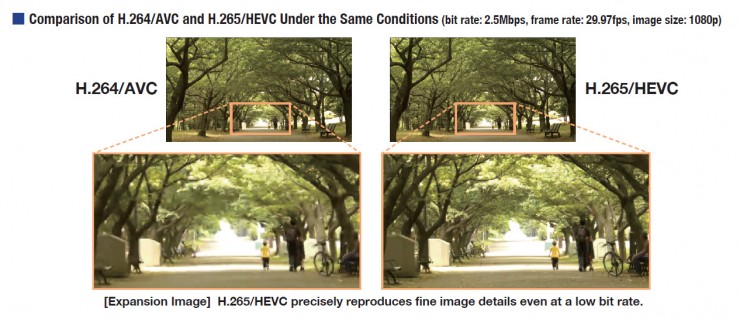
VP9 is the Google-designed alternative compression codec to HEVC and it’s used in far fewer 4K media sources. The most well-known 4K content source which uses VP9 compression is in fact Google’s own YouTube, which is home to a rapidly growing body of awesome ultra HD video collections of all types. Luckily, most premium 4K TVs, such as major new models from Sony, Samsung or LG do support VP9 compression as well. However, some name brand 4K models from brands like Vizio don’t and can thus only access YouTube 4K video in Full HD resolution.
